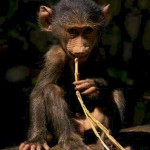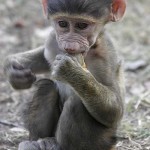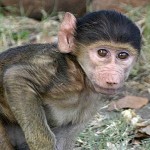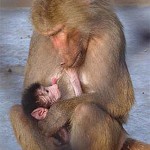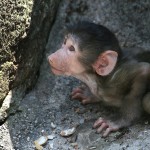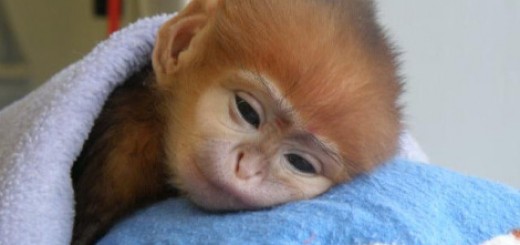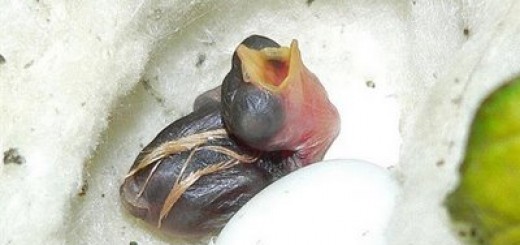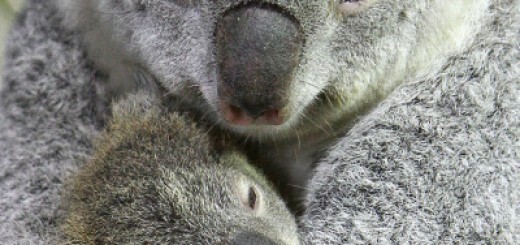Go Bananas for Baby Baboons
Sometimes when you see one of these cute baby animals, you might think of them as regular monkeys and in fact, they are closely related to tree-dwelling monkeys, but these terrestrial, ground living baboons are really quite different. Of course they are primates and therefore pretty closely related to you and me, apes and other monkeys – maybe that’s why we find their babies to be so cute! Aside from being terrestrial, one thing that makes the baboons stand out is their size – they are larger than almost all monkeys (except the mandrill and the drill), the heaviest weighing up to 90 lbs (40 kg).
Baboons live all over Africa and in parts of Asia (and even in Gibraltar in Europe), there’s lots of different species of these primates but they all have a few things in common. Just like people, they have a pretty diverse omnivorous diet, meaning they like to eat both plants and animals; mostly insects, fish, fruits and birds. When they grow up, they have very powerful jaws and sharp teeth that help them with their diverse diet. They can be quite fearsome, this is another big difference between them and most other monkeys.
Almost every species of baboon is very family oriented, living in groups of up to 250 animals. Imagine all of the baby baboons running around in such big groups! Once the males reach a certain age though they have to leave their home troop but the females are allowed to stick around. Mature males are always busy battling each other, trying to collect and defend females for their troops.


